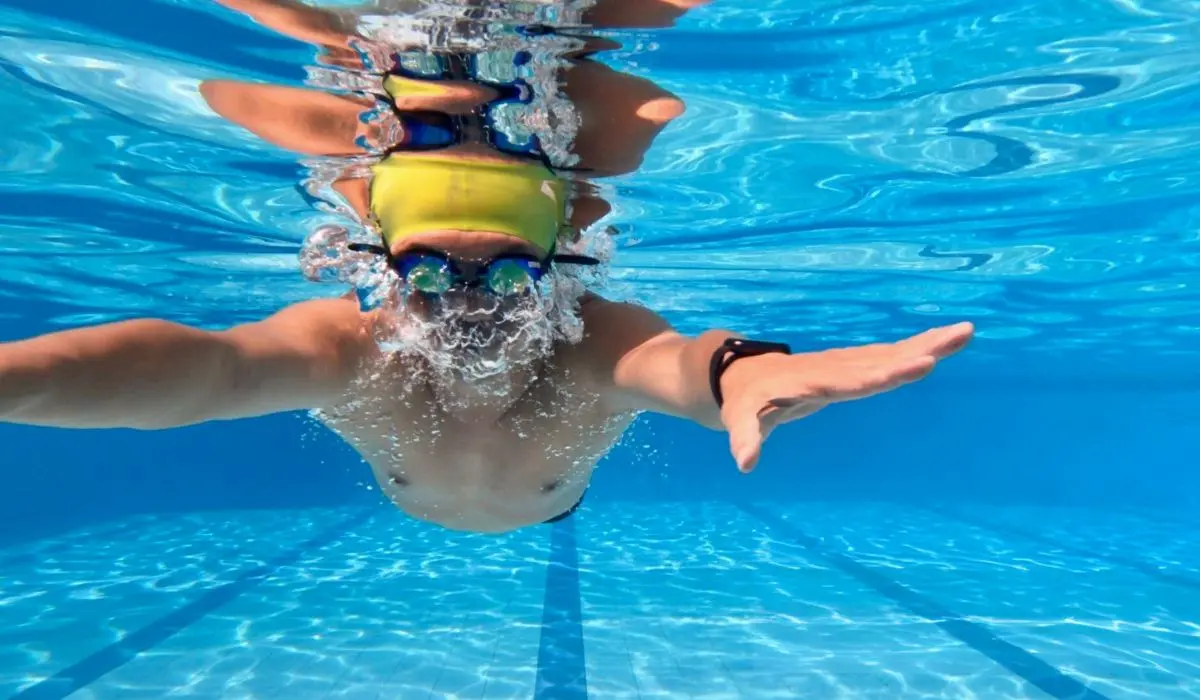Imagine gliding through the water with effortless strokes, your body powered by a steady rhythm of air flowing in and out. Breathing exercises for swimming aren’t just about keeping your head above water – they’re the secret weapon that can elevate your performance to new heights.
Whether you’re a competitive swimmer or simply seeking to improve your technique, mastering the art of breath control can be a game-changer. So, take a deep breath and get ready to dive into the world of breathing exercises for swimming.
Picture this: You’re in the middle of a race, adrenaline coursing through your veins as you push through the water with powerful strokes. But something’s not quite right – you’re gasping for air, and your muscles are burning with fatigue. This scenario is all too familiar for swimmers who haven’t mastered the art of breath control. But fear not, for there’s a solution that can transform your swimming experience: breathing exercises for swimming.
Why Is Breath Control Important?
Breathing is the cornerstone of any athletic activity, and swimming is no exception. In fact, proper breath control can make or break your performance in the pool. Here’s why it’s crucial to prioritize breathing exercises for swimming:
1. Increased Endurance
When you control your breathing, you can optimize the flow of oxygen to your muscles, allowing you to swim for longer periods without fatigue setting in.
2. Improved Technique
Effective breathing techniques enable you to maintain proper body position and stroke mechanics, leading to a more efficient and streamlined swimming style.
3. Mental Focus
Controlling your breathing helps you stay calm and centered, enhancing your ability to concentrate on the task at hand and push through mental barriers.
4. Injury Prevention
Improper breathing can lead to excessive strain on your muscles and joints, increasing the risk of injury. Breathing exercises for swimming can help you avoid these issues.

6 Breathing Exercises For Swimming
Now that you understand the importance of breath control, it’s time to dive into the breathing exercises for swimming that can elevate your performance:
1. Rhythmic Breathing Drill
One of the most fundamental breathing exercises for swimming is the rhythmic breathing drill. Here’s how it works:
✔ Start by floating on your back, taking slow, deep breaths.
✔ Gradually transition to swimming laps, focusing on maintaining a consistent breathing pattern.
✔ Exhale underwater and inhale as your face rotates out of the water.
✔ Aim for a 2:1 or 3:1 ratio of strokes to breaths, depending on your level.
2. Exhale Underwater
Many swimmers struggle with exhaling properly underwater. This exercise will help you master this crucial skill:
✔ Submerge yourself in the water, either standing or treading.
✔ Take a deep breath and exhale slowly through your mouth and nose while underwater.
✔ Repeat this process, gradually increasing the duration of your exhales.
3. Diaphragmatic Breathing
This exercise focuses on engaging your diaphragm, the muscle responsible for breathing:
✔ Lie on your back, placing one hand on your chest and the other on your stomach.
✔ Inhale deeply through your nose, feeling your stomach rise as your lungs fill with air.
✔ Sensing your stomach contract, carefully exhale through your mouth.
✔ Repeat this process, focusing on the movement of your diaphragm.
4. Breath Hold
While not recommended for beginners, breath-holding exercises can help advanced swimmers increase their lung capacity:
✔ Submerge yourself in the water and take a deep breath.
✔ Hold your breath for as long as it feels good to you.
✔ Exhale underwater and repeat the process.
✔ Over time, lengthen the breath holds you take gradually.
5. Respiratory Training Device
Invest in a respiratory training device, which simulates the resistance of breathing underwater:
✔ Follow the device’s instructions for setting the resistance level.
✔ Inhale and exhale through the mouthpiece, focusing on controlled breaths.
✔ Raise the pressure little by little as you get used to it.
Also Read:- What Is Kas Glute Bridge? How To Master It & Benefits Explored?
6. Bilateral Breathing
Bilateral breathing involves alternating the side on which you breathe, promoting balanced stroke mechanics:
✔ While swimming freestyle, breathe to one side for a few strokes, then switch to the other side.
✔ Maintain a consistent rhythm and body position throughout the process.
✔ Gradually increase the number of strokes between breaths as you improve.
Conclusion
Breathing exercises for swimming may seem like a simple concept, but their impact on your performance is profound. By incorporating these techniques into your training routine, you’ll not only improve your endurance and technique but also cultivate a sense of mental focus and control.
Remember, mastering the art of breath control is a journey, so be patient and consistent in your practice. With dedication and perseverance, you’ll soon find yourself gliding through the water with ease, your every stroke fueled by the power of your breath. So, take a deep breath and dive into the world of breathing exercises for swimming – your true potential awaits.
References
- NIH (n.d) How The Lungs Work? What Breathing Does for the Body Available Online at: https://www.nhlbi.nih.gov/health/lungs/breathing-benefits
- Medline Plus (n.d) Breathing difficulty Available Online at: https://medlineplus.gov/ency/article/003075.htm

